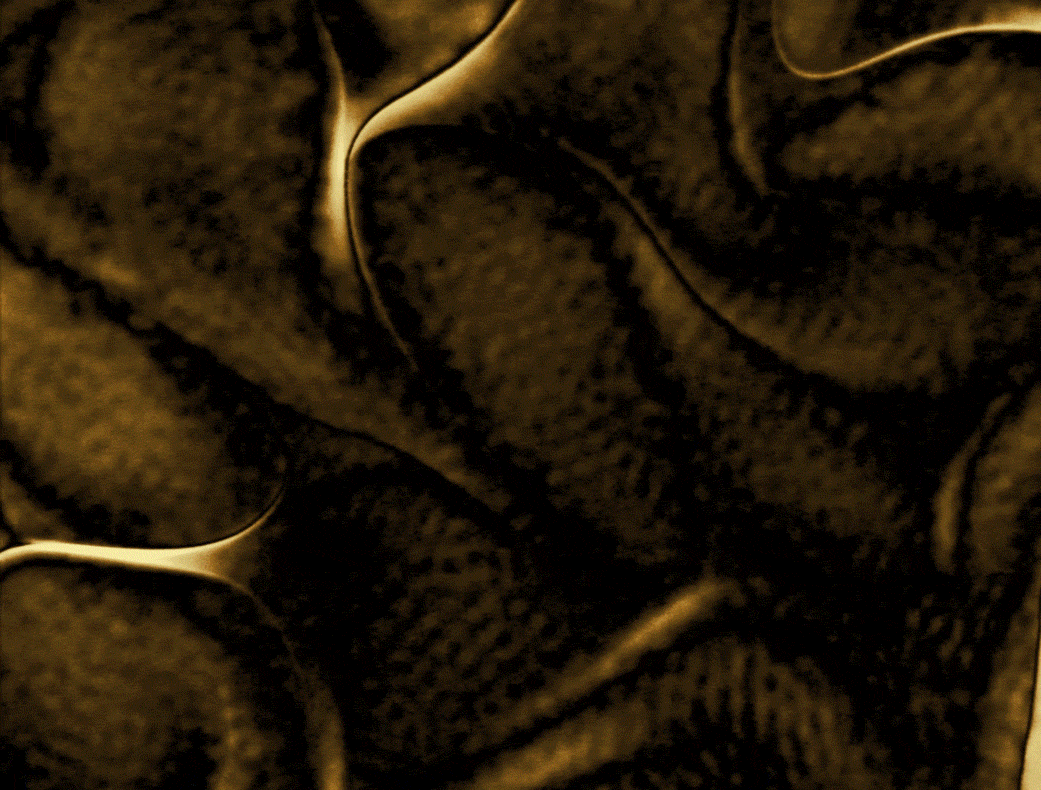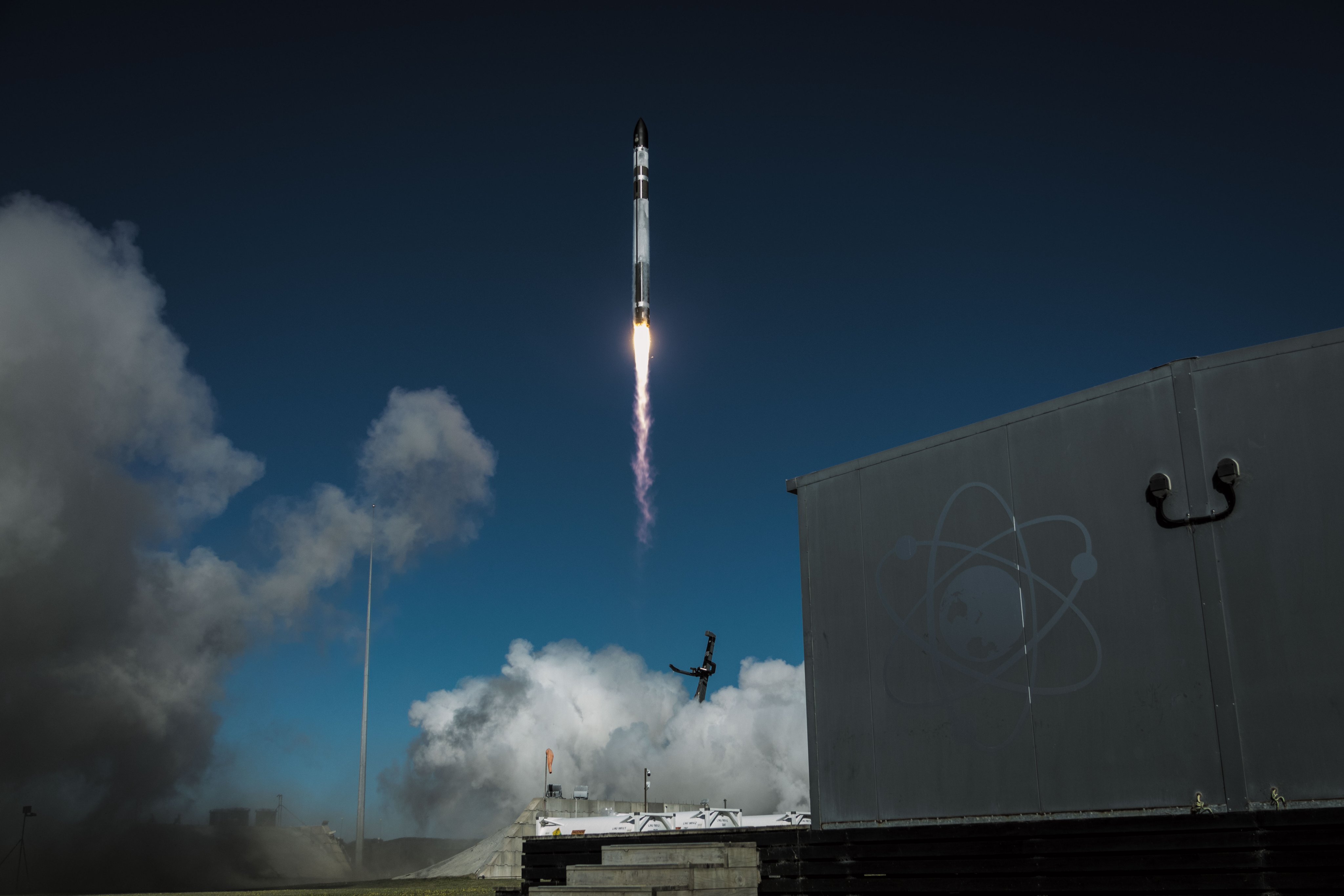NASA Satellites Make Magnetic Discovery in Turbulent Space Near Earth
NASA's Magnetospheric Multiscale (MMS) spacecraft has detected magnetic activity occurring in a new and surprising way in the environment of near-Earth space.
Earth is surrounded by charged particles known as plasma. Most of these high-energy particles are deflected by the magnetosphere, which is the protective magnetic field that surrounds the planet. As Earth's magnetic-field lines absorb this energy, they stretch and eventually snap, releasing powerful bursts of particles toward Earth, which, in turn, can endanger satellites, spacecraft and astronauts in space.
This process, known as magnetic reconnection, is commonly observed in Earth's magnetosphere, generally under calm conditions. However, new data from NASA's MMS has shown for the first time that this process also occurs in the extremely turbulent near-Earth environment known as the magnetosheath, according to a statement from NASA. [NASA's Magnetospheric Multiscale Mission in Pictures]
"In the plasma universe, there are two important phenomena: magnetic reconnection and turbulence," Tai Phan, lead author of the study and a senior fellow at the University of California, Berkeley, said in the statement. "This discovery bridges these two processes."
The magnetosheath is the boundary between the magnetosphere and the solar wind, the charged particles that stream from the sun. It is made up of turbulent plasma and is one of the most chaotic regions in near-Earth space, NASA officials said in a video announcing the discovery.
In fact, due to the turbulence in this environment, before this latest study, researchers were not sure if magnetic reconnection could even occur in the magnetosheath, according to the statement.
NASA's MMS, which launched in 2015, consists of a group of four identical satellites that orbit near Earth in a pyramid formation. The satellites are designed to capture a much more detailed view of magnetic reconnection than earlier spacecraft could provide.
Breaking space news, the latest updates on rocket launches, skywatching events and more!
The new 3D observations captured by MMS show that magnetic reconnection behaves differently in the magnetosheath, according to the study, published May 9 in the journal Nature.
"Compared to standard reconnection that occurs over tens of thousands of miles, this new magnetic reconnection spans only a couple of miles within turbulent plasma," NASA officials said in the video. Thus, these smaller reactions accelerate particles 40 times faster than standard reconnection observed in the magnetosphere.
"The more we understand how those particles are accelerated, the better we can protect our spacecraft and astronauts as we explore deeper into the solar system," NASA officials added.
However, MMS instruments cannot capture turbulent reconnection in action, because the particles move too fast along narrow field lines measuring only a couple miles wide. Instead, using one of the MMS instruments — the Fast Plasma Investigation — the researchers developed a new technique to gather extra data points from the magnetosheath, providing a better understanding of how turbulent magnetic fields dissipate energy.
"The smoking gun evidence is to measure oppositely directed electron jets at the same time, and the four MMS spacecraft were lucky to corner the reconnection site and detect both jets," Jonathan Eastwood, co-author of the study and a lecturer at Imperial College London, said in the statement.
Follow Samantha Mathewson @Sam_Ashley13. Follow us @Spacedotcom, Facebook and Google+. Original article on Space.com.

Samantha Mathewson joined Space.com as an intern in the summer of 2016. She received a B.A. in Journalism and Environmental Science at the University of New Haven, in Connecticut. Previously, her work has been published in Nature World News. When not writing or reading about science, Samantha enjoys traveling to new places and taking photos! You can follow her on Twitter @Sam_Ashley13.

